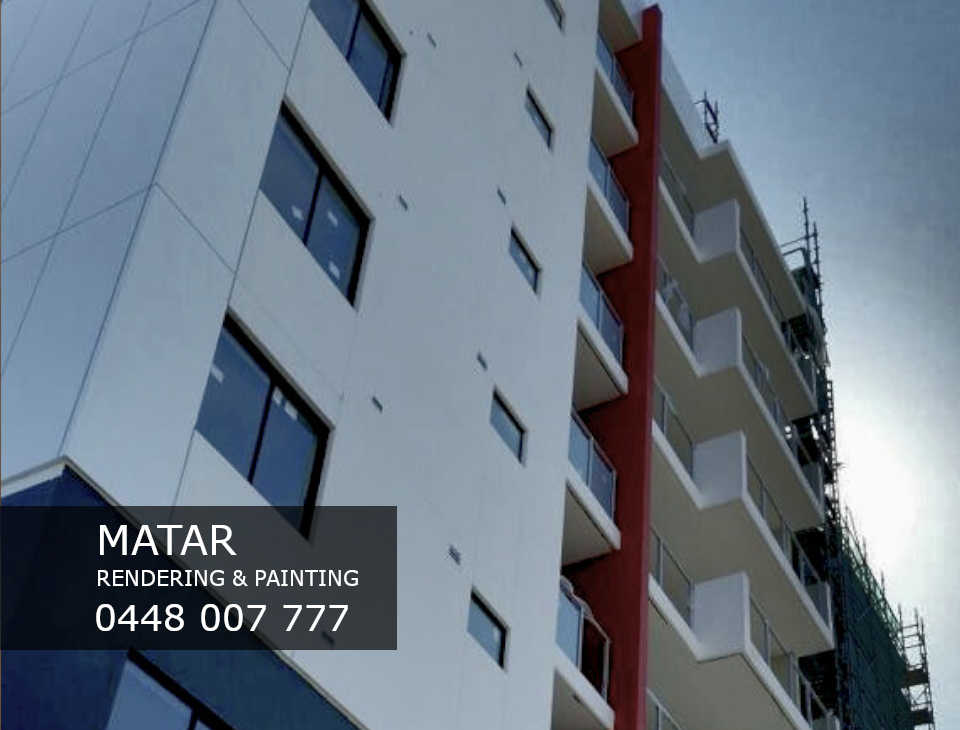The plasterer has to fill a five-gallon bucket partway with h2o. From this bucket he hangs his trowel or trowels and places into it several equipment.
Another system noticed in older houses of forming a rounded or bullnosed corner makes use of a quirked wood staff bead. The staff members bead, a 1-inch dowel with approx 1/three shaved off the back again, is set to the external corner with the joiner on site, fastened to wood plugs established in the brick/block seams, or towards the wood frame.
The 18th century gave increase to renewed desire in impressive external plasters. Oil mastics launched in britain in this period involved a "Composition or stone paste" patented in 1765 by David Wark. This was a lime-dependent combine and integrated "oyls of tar, turpentine and linseed" Moreover many other substances. Another "Composition or cement", which include drying oil, was patented in 1773 by Rev.
Get started by putting some plaster on to the hawk board. Operating in the reduced-still left Heart of the wall, use the plastering trowel to apply a little degree of plaster each time directly to the wall.
Consequently a retardant which include "Cream of tartar" or sugar can be used to lengthen the placing time, and is well scraped off the walls.
I pre-sanded the Original body parts A-C, and after that frivolously sanded yet again after the frame was assembled. With the pre-sanding I utilized an orbital sander with #one hundred fifty grit, then an exceptionally brief repeat with #220. I didn’t sand one other parts considering the fact that they wouldn’t be seen.
Veneer plastering covers the complete wall with skinny liquid plaster, employs a substantial amount of h2o and is also utilized very soaked. The walls intended to be plastered are hanged with "Blueboard" (named therefore for your sector normal of the outer paper getting blue-gray in color).
Load up a hawk: Not too much at the beginning, no more than you'll be able to tackle. Don’t try and do much too big a location at first, possibly. Begin with a location no larger than three feet sq..
These seams are included with mesh tape after which the seams along with the screw heads are concealed While using the drywall compound to make the wall seem to be as one particular uniform piece. The drywall plaster can be a thick paste. Afterwards this is painted or wallpapered above to hide the work. This method is often called "taping" and people who use drywall cement are referred to as "tapers".
Unpainted cinder blocks and concrete blocks commonly have lime in them likewise, but force washing must eliminate the majority of the alkalinity.
Based on the placing time from the plaster. when the humidity of your plaster starts to be drawn from the board a 2nd move is built. this is referred to as knocking down. it is very similar to applying paint that has a roller in wrist action and function.
Ordinarily only 3 or 4 mixes are accomplished in per day as plastering is extremely tiring and never as effective under unnatural lighting while in the months with early dusk.
Once the mix is ready up and the plasterers are ready they instruct the laborer to start dumping the baggage while in the drinking water barrel, although intermittently managing the mixing drill. When all bags are in the barrel much more h2o is slowly but surely included until eventually the plaster is of right consistency and is particularly then thoroughly combined.
I painted the actual body at the time assembled after which you can painted the floor, inside of tile supports and backers independently. I did this to make sure that there wouldn’t be any exposed raw wood.
